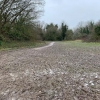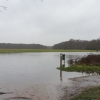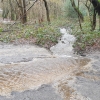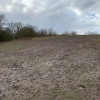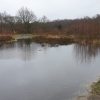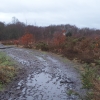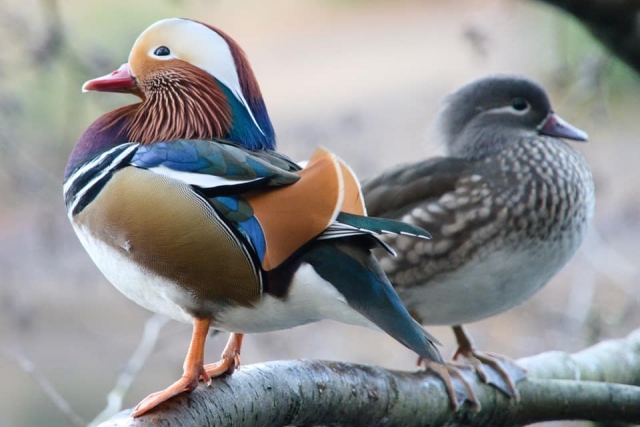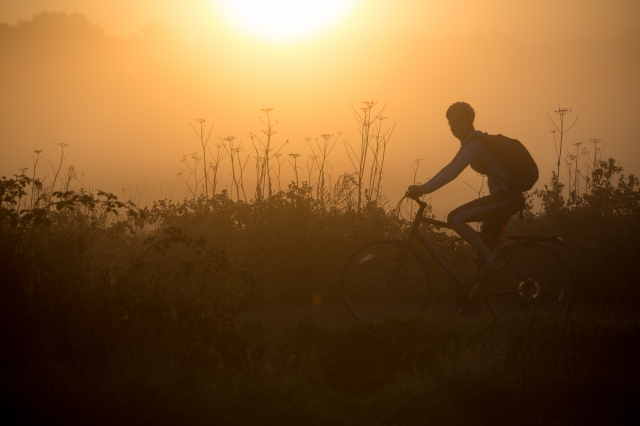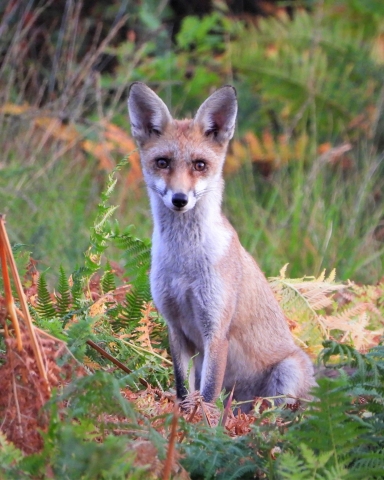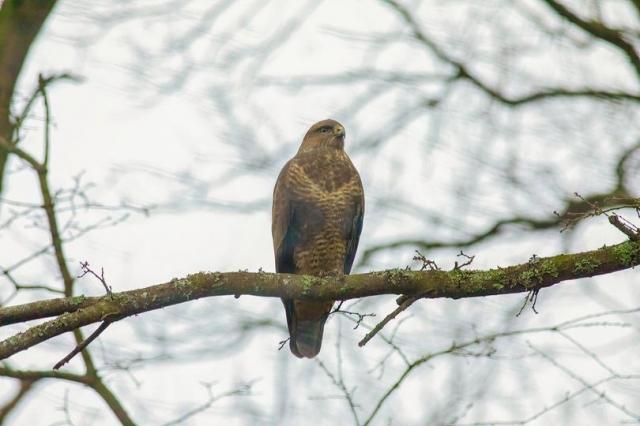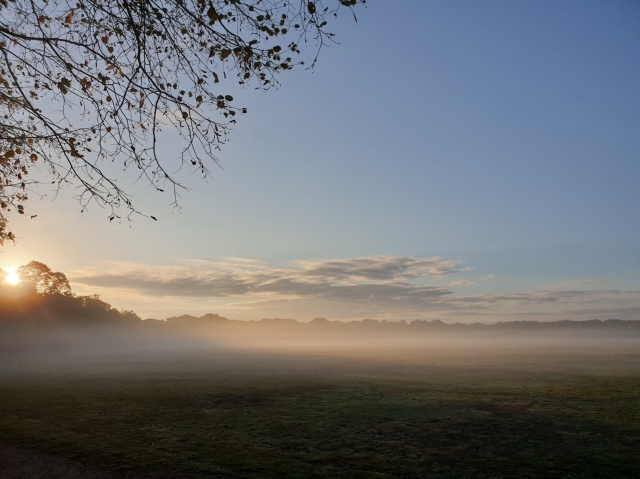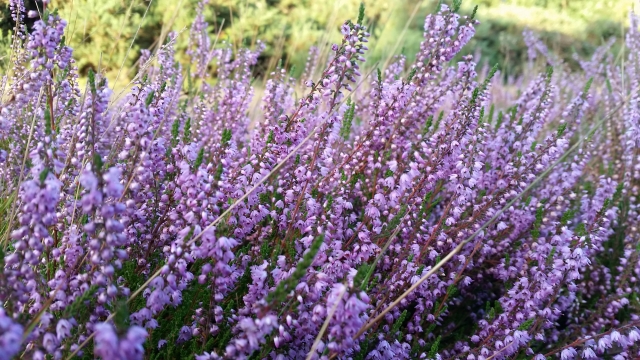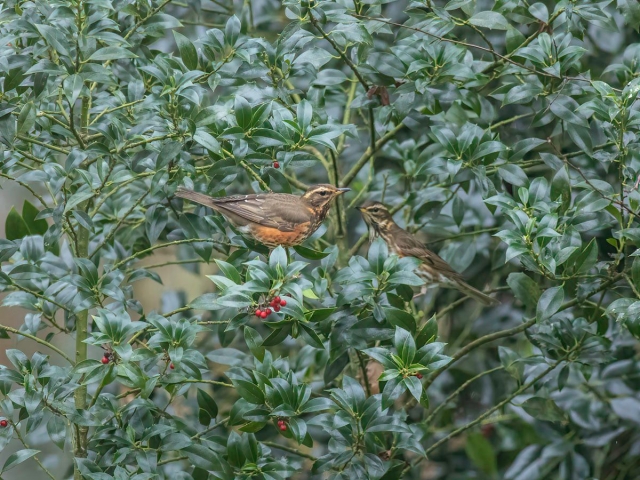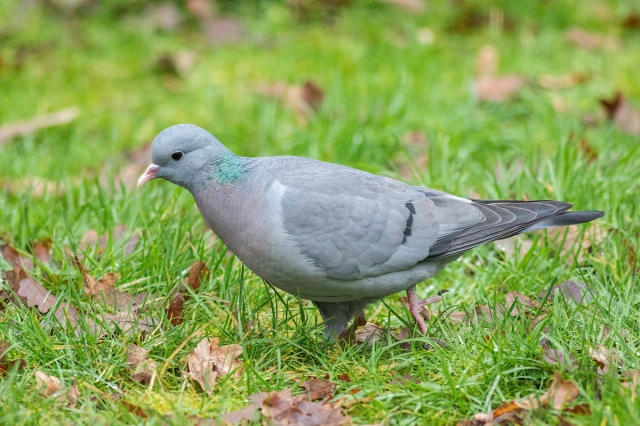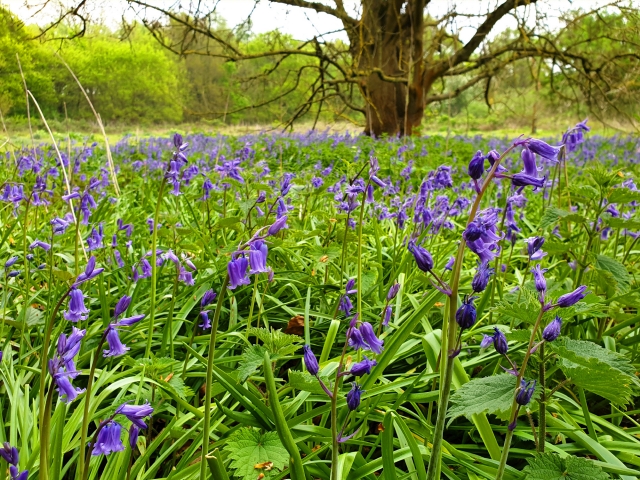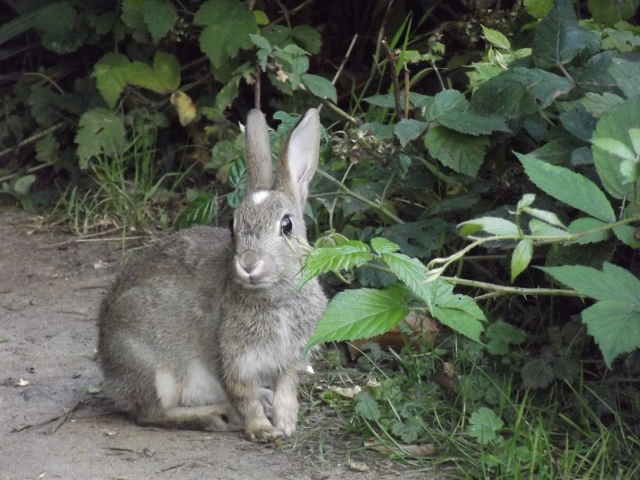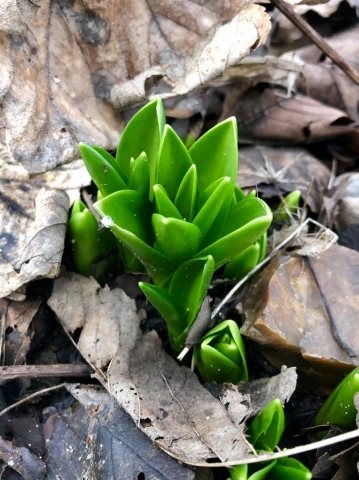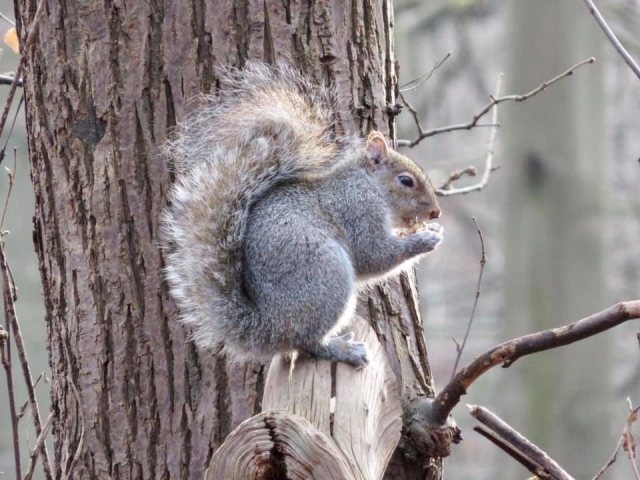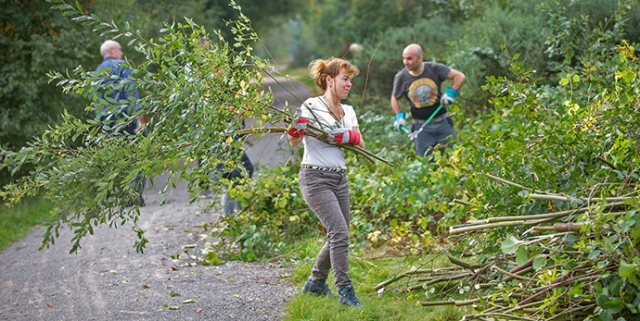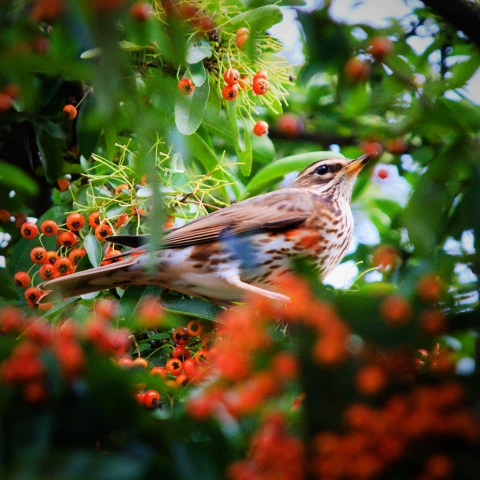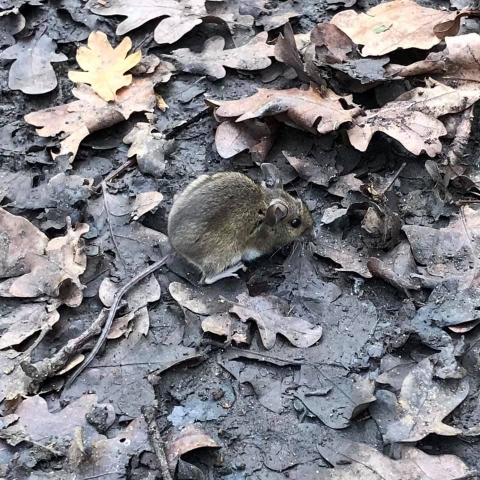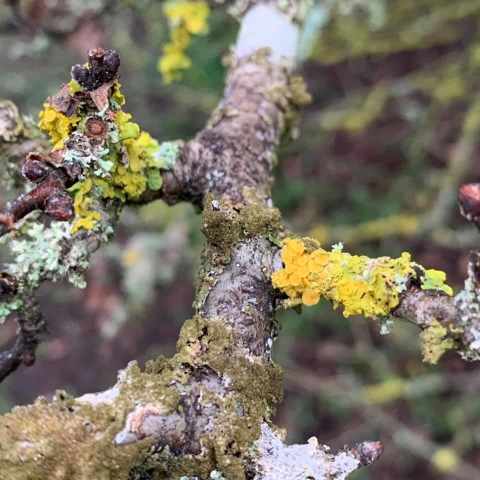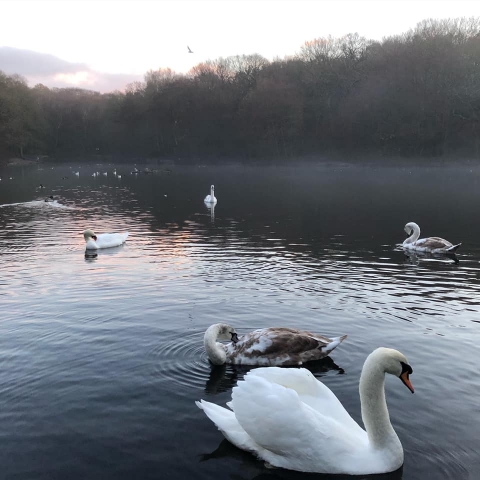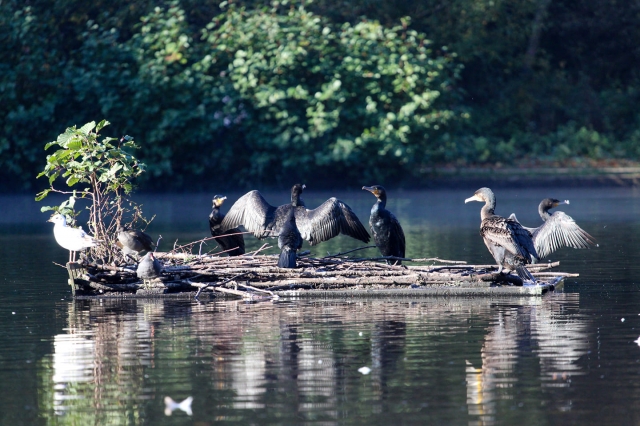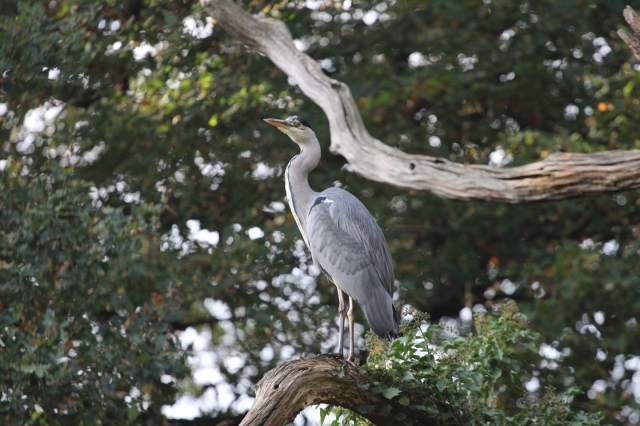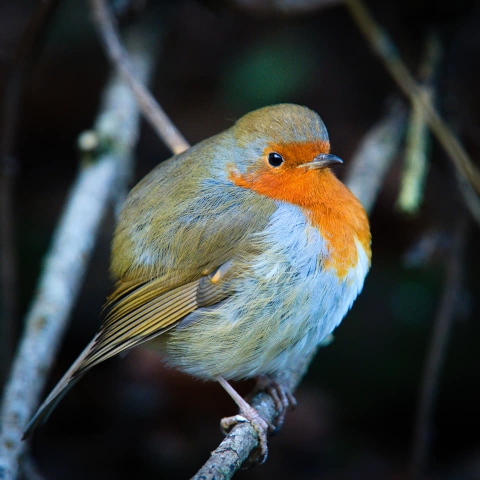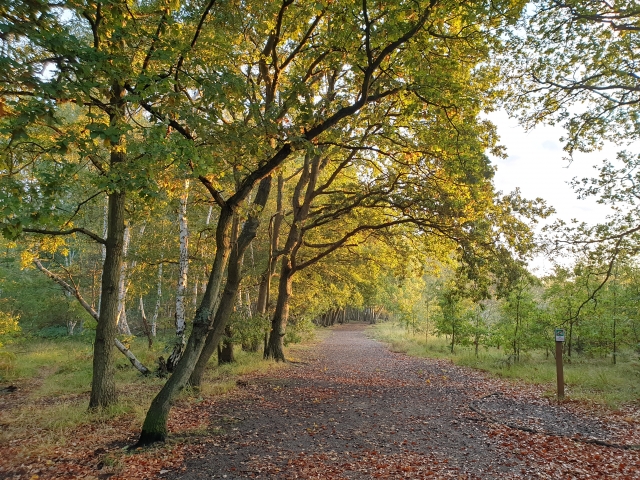Commons Update February 2021

Commons Update February 2021
Winter is generally a quiet time on the Commons but the second national lockdown has once again shown the importance of open spaces to enable everyone to get out for their permitted exercise and recreation and so the kids can let off a bit of steam. Given the location of the Commons, nestled in the heart of south west London, it was inevitable that we would once again see a steep rise in visitor numbers.
COVID-19
Our staff are doing all they can to ensure the Commons remain safe for all our visitors. But we need your help too. Whilst we have not made any significant changes in relation to visitor access during the current national lockdown we would ask that, whatever your reason for visiting, please take time to read our advice on visiting the Commons during the pandemic to ensure that everyone's visit can be both safe and enjoyable. Our COVID-19 update can be found here
Wear Wellies!
 The combination of the recent heavy rain, the snow and the significantly increased footfall has meant that the Commons are currently extremely wet and muddy. Areas of particular high usage, such as the Roehampton Hills and around the Windmill car park, are now almost devoid of grass and can be very slippery underfoot. Most footpaths are also muddy with some large puddles. We definitely recommend wellies or walking boots!
The combination of the recent heavy rain, the snow and the significantly increased footfall has meant that the Commons are currently extremely wet and muddy. Areas of particular high usage, such as the Roehampton Hills and around the Windmill car park, are now almost devoid of grass and can be very slippery underfoot. Most footpaths are also muddy with some large puddles. We definitely recommend wellies or walking boots!
On a serious note, whilst we know many find the current muddy terrain frustrating, the issue of long-term damage from excessive use of this fragile environment is of great concern to Conservators and staff alike. Just like the volumes of rubbish in the summer, many other green spaces are reporting similar concerns. We are already considering how we can begin to restore the areas where the damage is most significant. If, in coming months, you see areas cordoned off, it is because we are carrying out path repairs, re-seeding grass, or simply letting the area recover naturally, and we will be asking visitors to avoid these areas to give them a fighting chance.
Some images of the current mud nd excess water....
Tree work on Putney Heath
Many of you will have noted that we are carrying out some fairly substantial tree work on Putney Heath, along the ride near 7 Post Pond and also near Scio Pond. Understandably, one or two of you have queried why we are cutting down trees at a time when tree-planting is being encouraged to help the environment, and also why are we doing it now when the ground is so wet and muddy.
So we asked our Conservation & Engagement Officer, Peter Haldane, to explain.
All woodland work on the Commons is carried out under the guidance of a five-year Countryside Stewardship agreement that has been agreed with Natural England, the Forestry Commission and the Wimbledon and Putney Commons Conservators.
Broadly speaking, over the duration of the five-year agreement, the aim of the work is to carry out the following types of operations:
- Open space management (creation of glades)
- Holly thinning
- Hazel coppicing
- Thin/selective felling (felling of non-native/invasive species and felling where too many trees in one area are preventing the development of other important species)
- Ride/path management
- Creation of deadwood habitats
- Tree planting
While all of the tasks mentioned above have or will be carried out on the Commons, the work along the path between the heathland and 7 Post Pond and around Scio Pond forms part of a very important programme of ride/path management.
Along with the creation of open glades, the opening up of rides is one of the most important mechanisms for enhancing the biodiversity of the woodland and this work has particular benefits for birds and invertebrates. By thinning the tree cover along the edge of rides, we are providing extensive areas of edge habitat in what would otherwise be a sheltered environment.

Rides and main paths should be wide enough to allow for the presence of a ground layer, a field layer, understorey and canopy. They should also be wide enough to allow light to reach the ride surface which will allow a dense shrub layer to develop. In the areas where we have recently carried out work, very few of these layers existed and the woodland was densely packed with a small number of species including Holly and Turkey Oak which is not only a non-native invasive type of Oak tree, but it has very little benefit to wildlife.
The benefits of our ride thinning work will include:
- The creation of a scrub edge which provides fruits and seeds in autumn and winter and a nectar source to attract insects in spring and summer.
- The provision of open ground which promotes the growth of vegetation that is suitable for a high volume of invertebrates.
- Warm isolated areas which provide the conditions for increased invertebrate biomass and increased food for birds.
- By allowing more light to reach the woodland floor, this work will also help to create a far drier and more accessible route for visitors of the Commons to enjoy.
Prior to the start of this work, the rides were bordered on two sides by an almost solid screen of Holly and scrub, resulting in a heavily shaded and slightly oppressive environment. Tree thinning work has been carried out for a distance of approximately 10 metres either side of the ride and, in time, the woodland edge will be partially re-planted with small native tree species. Carrying out ride management work in this area will provide additional diversity to this part of the Commons by creating edge habitat within an otherwise sheltered area of the woodland.
Why now?
The working season in a woodland for major works is fairly short, usually lasting from November through to the end of February. The main reason for this is that trees are more likely to recover from pruning and coppicing, and this is the time of year when such work will cause least disturbance to wildlife.
Tree planting
Peter has also undertaken a programme of tree planting and, back-breakingly planted some 800 whips all by himself!
These were planted in various areas around the Commons using native species such as Hazel (Corylus avellana), Hawthorn (Crataegus monogyna) and Blackthorn (Prunus spinosa).
Hazel is a small, native, deciduous tree which is moderately shade tolerant and is found in many areas of the Commons’ woodland. All of the 700 Hazel whips were planted in woodland areas that are close to the Gravelly Rides and Warren Farm Ride and all planting was carried out to expand existing areas of coppice.
Blackthorn and Hawthorn – In total, 100 small Blackthorn and Hawthorn whips were planted in two locations on the Commons. These locations were at the northern end of the Curling Pond (close to the junction of the A3 and Roehampton Ride) and along the perimeter hedge of White Cottage which is located further south on Wimbledon Common. Both the Blackthorn and the Hawthorn are small native deciduous trees which provide food and cover for a wide range of invertebrates and birds. In the case of the whips that were planted near the Curling Pond, in time, these will hopefully provide a thick screen between the Commons and the nearby traffic on the A3
Golf Course
With no golf in play, the course is being used much more by visitors and, along with the rest of the Commons, it is starting to feel the pressure from the much higher footfall and many areas are becoming seriously damaged, particularly around the greens.
 It costs the two Clubs that use the course in excess of £200,000 a year to keep the course in tip top condition and the green keepers are passionate about their work so please help us keep any possible remedial work to a minimum and please avoid the tees and greens, particularly for walking or playing football with your children or throwing balls for your dogs.
It costs the two Clubs that use the course in excess of £200,000 a year to keep the course in tip top condition and the green keepers are passionate about their work so please help us keep any possible remedial work to a minimum and please avoid the tees and greens, particularly for walking or playing football with your children or throwing balls for your dogs.
The golf course is an integral part of the Commons and an important part of its history, pre-dating the creation of the Commons, and the Conservators wish to protect the course as much as possible during this unprecedented time.
Walking with Dogs
One of the outcomes of the lockdowns and working from home over the last 11 months has been the national increase in dog ownership – the number of young pups and, it has to be said, the amount of dog faeces, on the Commons over the last few months is certainly testament to this.
We would just like to remind new dog owners that, under the Commons Byelaws, you must pick up after your dogs, and to dispose of the waste respponsibly n one of the bins on the Commons, or takeit home with you. There are two reasons for this. Firstly of course, it’s unsightly, it’s not pleasant for anyone to have to deal with the result of stepping in it and it is a health hazard, to children in particular.
 Secondly, is the potential damage to the Commons. Dog waste, if left on the ground will, over time, affect the pH of the soil. Much of the Commons are designated a Site of Special Scientific Interest because of their vitally important acid grassland. The important characteristic of acid grassland is that it needs poor quality soil. Dog faeces acts as a manure and enriches the soil, so completely changing its nature - and could risk us losing the grassland, and our SSSI designation. It's that serious.
Secondly, is the potential damage to the Commons. Dog waste, if left on the ground will, over time, affect the pH of the soil. Much of the Commons are designated a Site of Special Scientific Interest because of their vitally important acid grassland. The important characteristic of acid grassland is that it needs poor quality soil. Dog faeces acts as a manure and enriches the soil, so completely changing its nature - and could risk us losing the grassland, and our SSSI designation. It's that serious.
It is also vitally important that your dog is not a nuisance to other visitors to the Commons. Although the Commons has always been popular with dog walkers, it also attracts many other visitors for a variety of reasons and not all of them will like dogs. This is particularly important around the horserides – although the number of horses out at the moment is minimal because of the COVID-19 restrictions, an excitable out of control puppy is putting itself in danger from being kicked, but also putting the riders in danger too.
Please keep your dog under control at all times and help us keep the Commons clean, safe and welcoming for everyone.
Facebook Nature Notes
As well as our main Facebook page, we also have a Nature Notes Group with members who have a specific interest in our wildlife. The Group is a great way to chat with those who have similar interest and is helpful for us to learn about sightings we might not otherwise know about, such as the numerous sighting of the Kingfishers at Beverley Brook.
If you are interested in our wildlife, you can join our Nature Notes page here.
The added bonus is that the members all seem to be very talented photographers and they have kindly given permission for us to share some of their images with you. It’s lovely to see that, despite lockdowns, increased visitor numbers, and lots of mud, our wildlife is still happy to call the Commons home.

